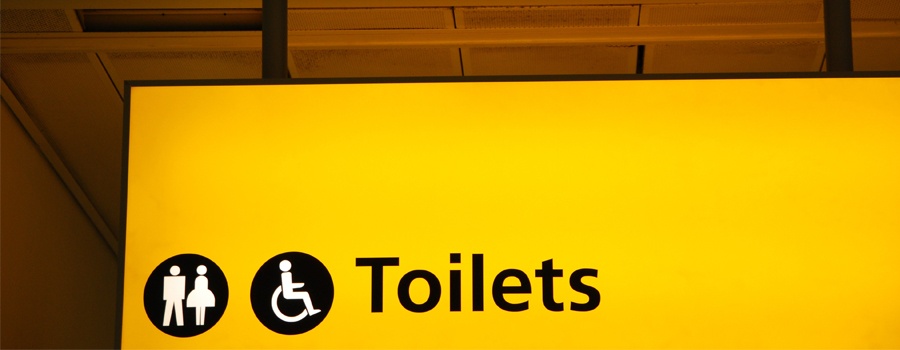Tag: crisis
-

Public Restrooms Become Ground Zero in the Opioid Epidemic
A man named Eddie threaded through the midafternoon crowd in Cambridge, Mass. He was headed for a sandwich shop, the first stop on a tour of public bathrooms. “I know all the bathrooms that I can and can’t get high in,” said Eddie, 39, pausing in front of the shop’s plate-glass windows, through which we…